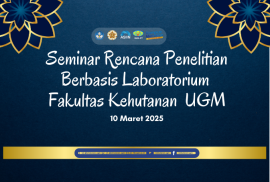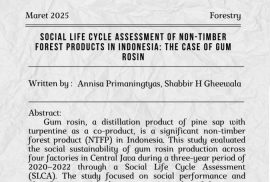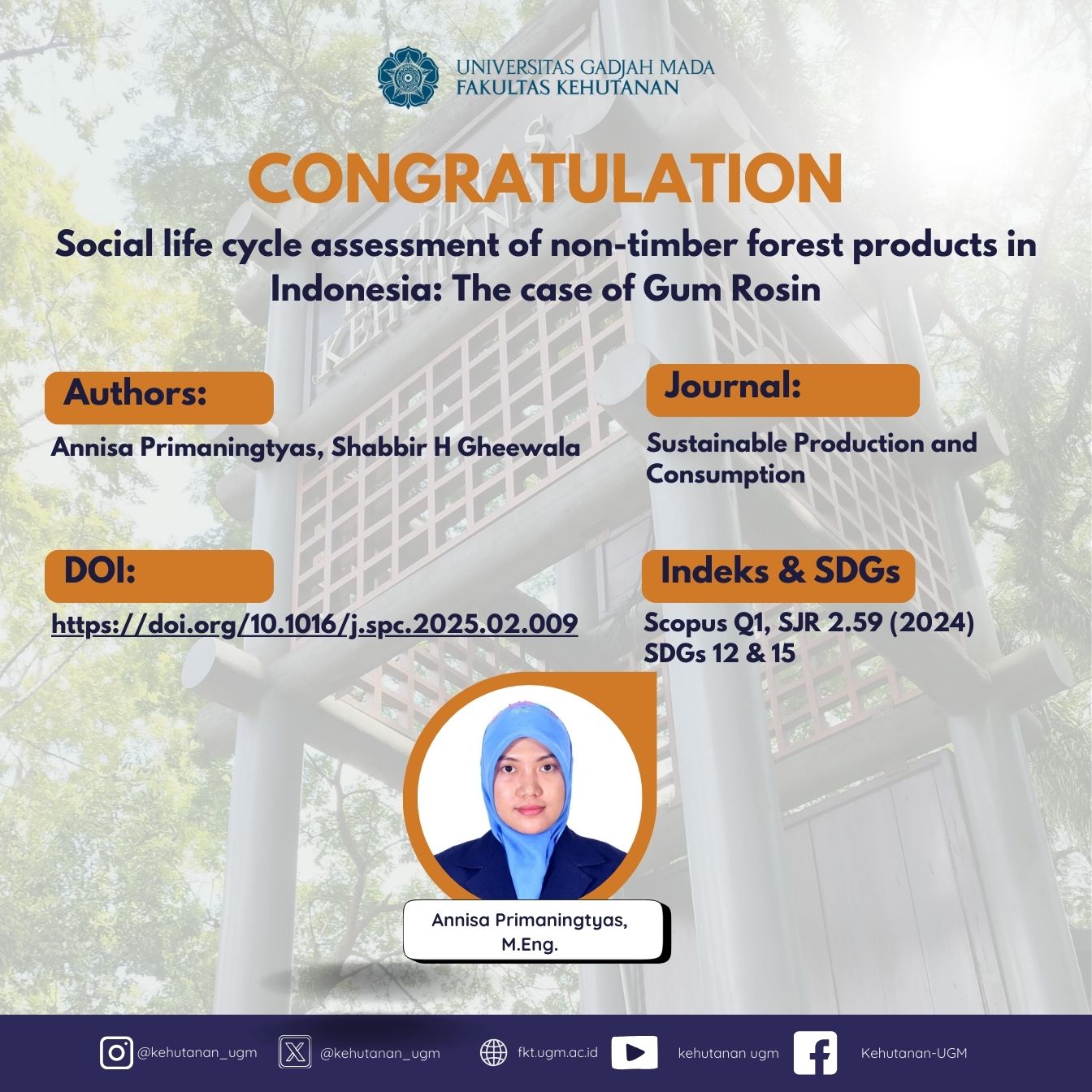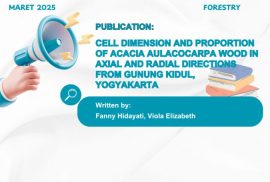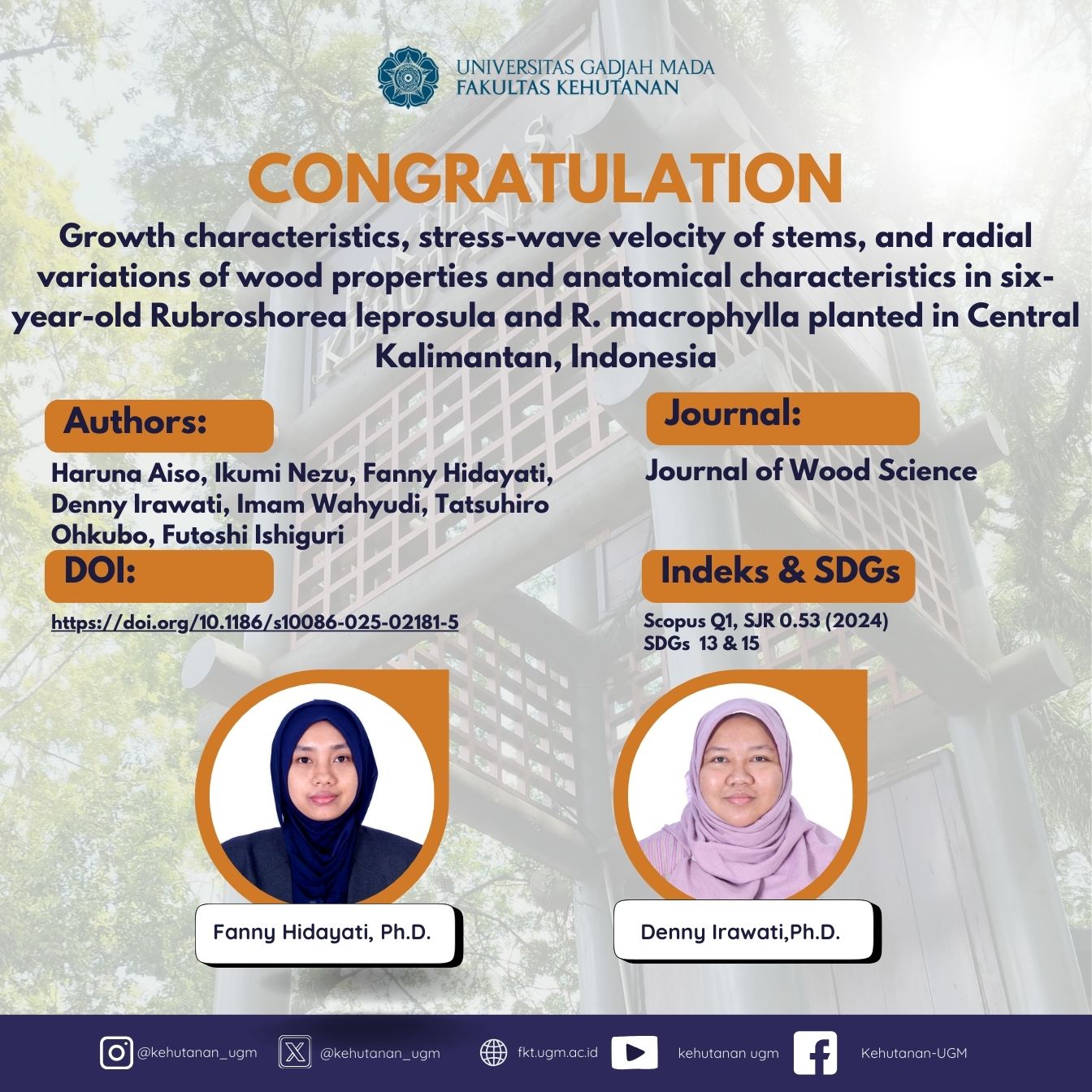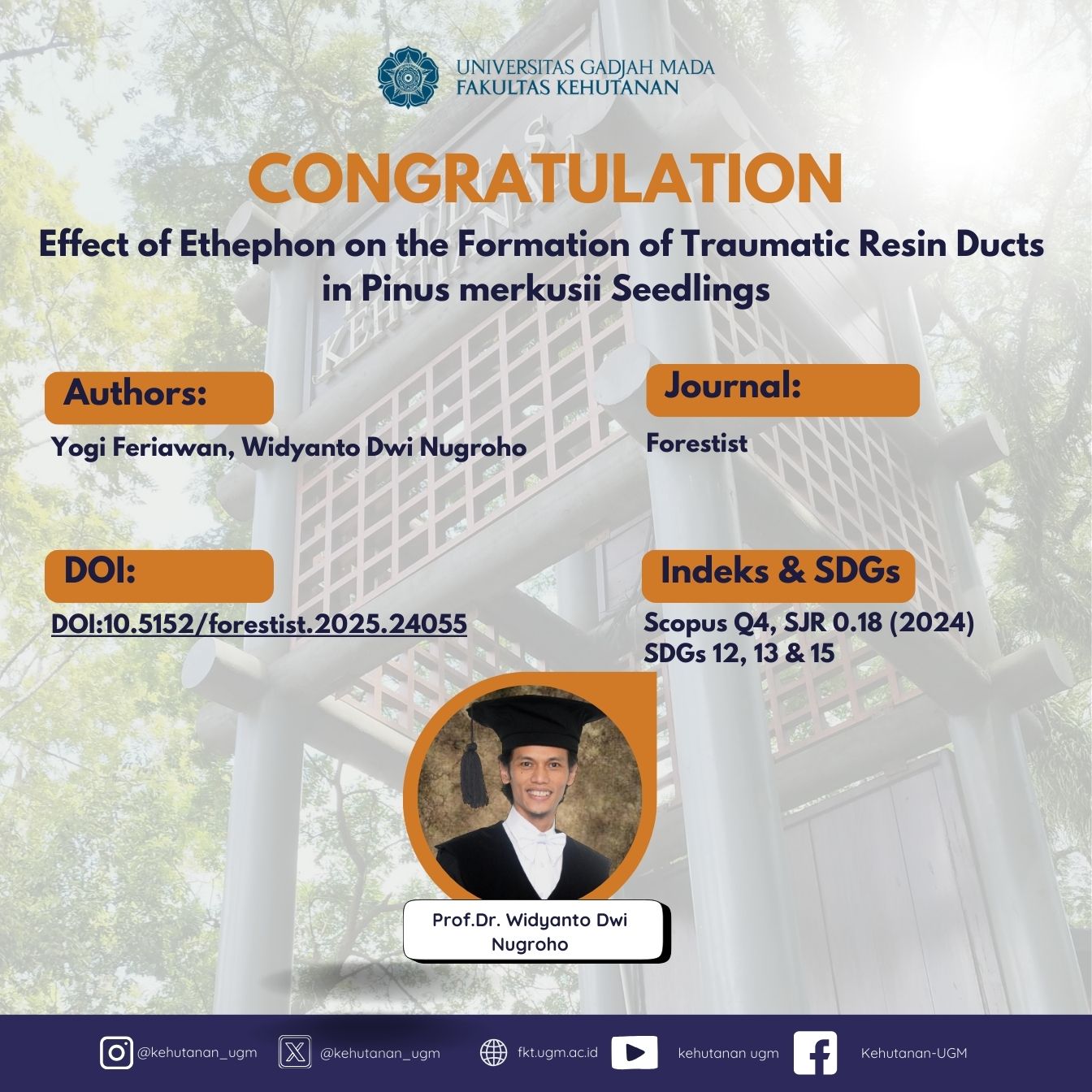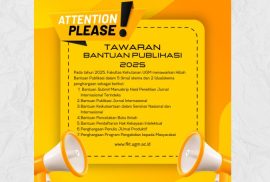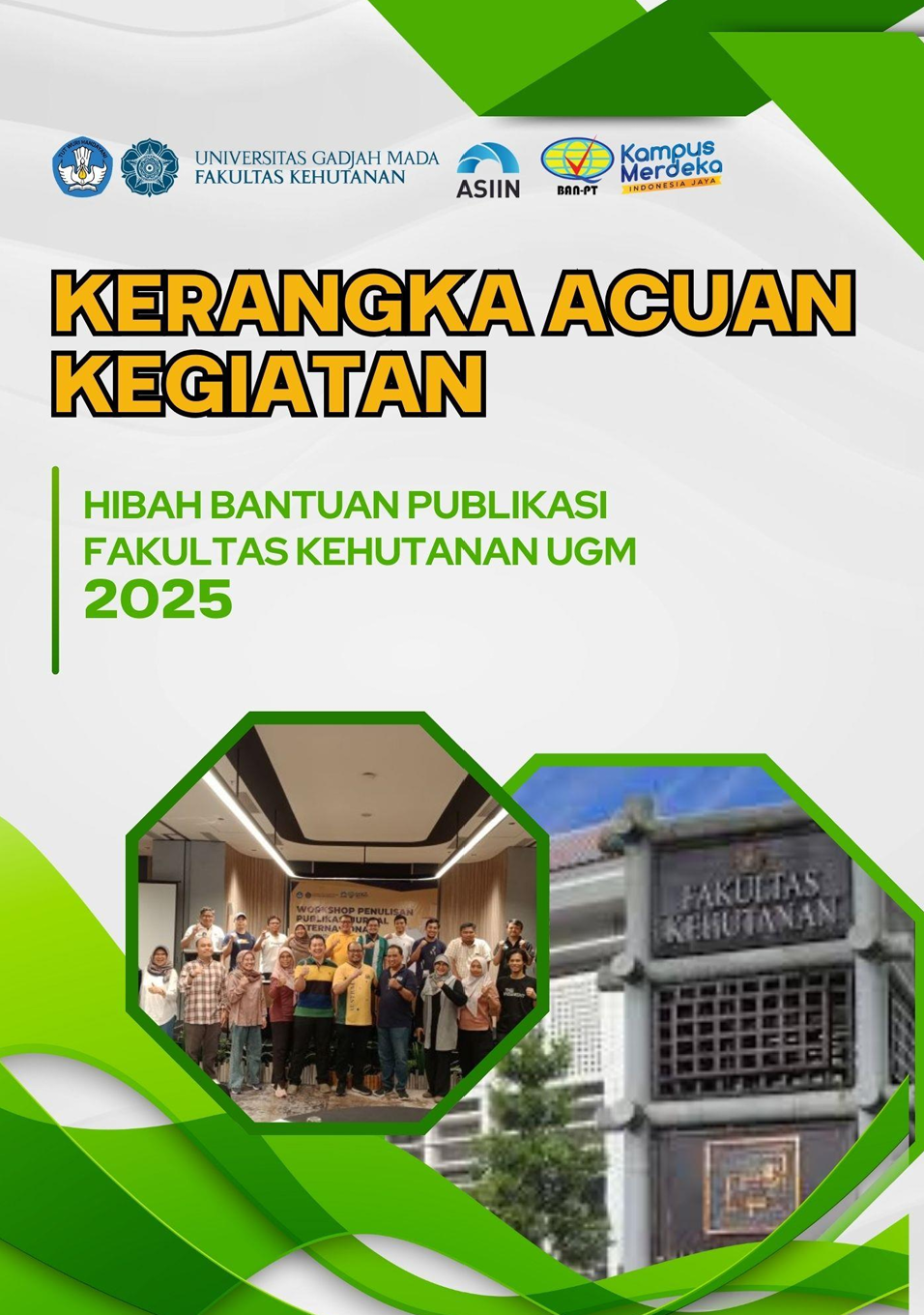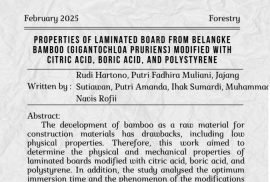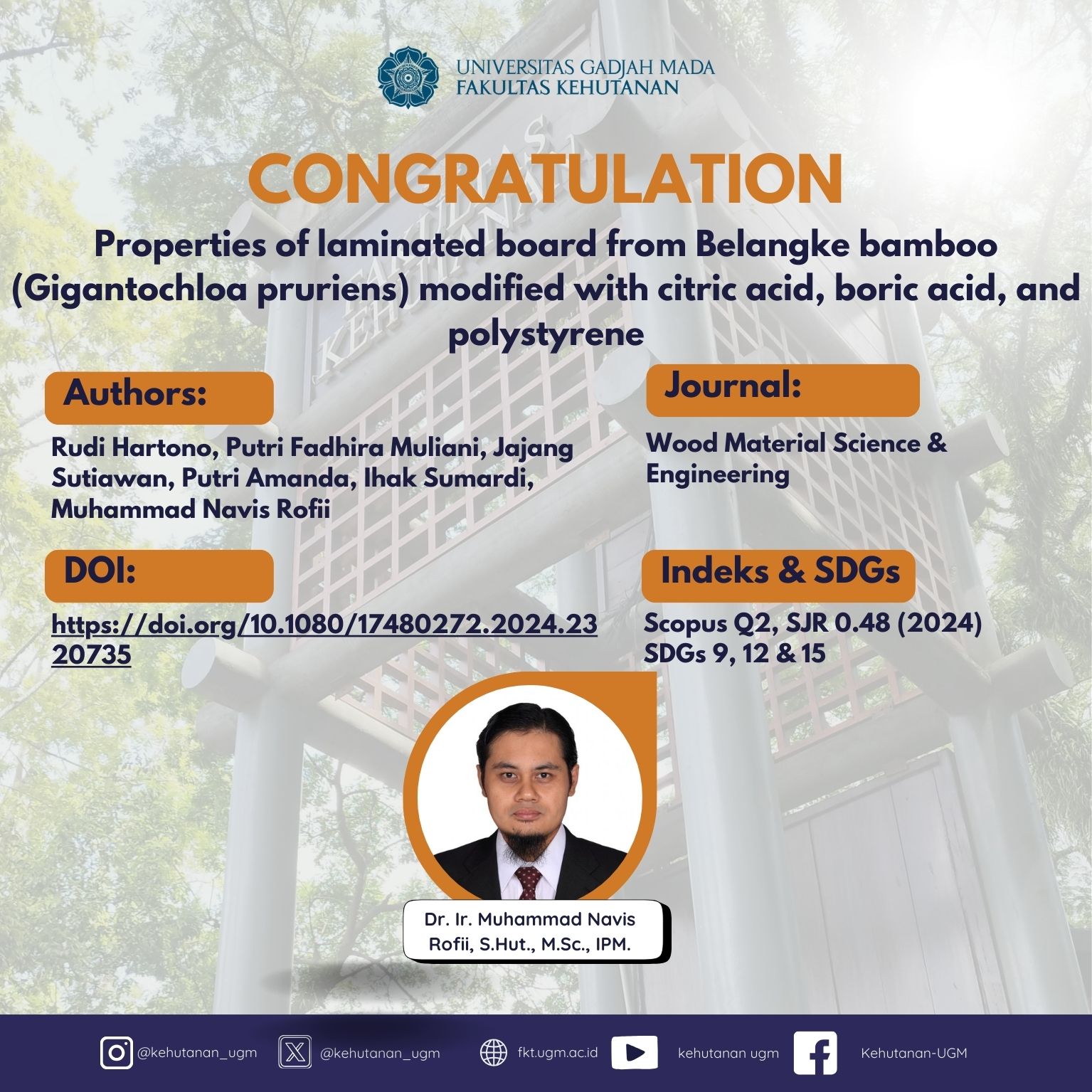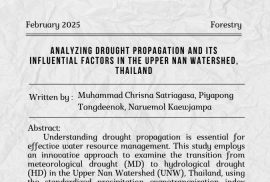
Abstract
Bamboo, one of the non-timber forest products, is promising in climate change mitigation strategy due to its ability to remove COfrom the atmosphere through photosynthesis. However, the allometric model to estimate the biomass 2and carbon of bamboo is still limited. The research aimed to develop the allometric model using the diameter as the predictor. The materials for destructive sampling were 30 culms of yellow ampel bamboo (Bambusa vulgaris var. striata).


